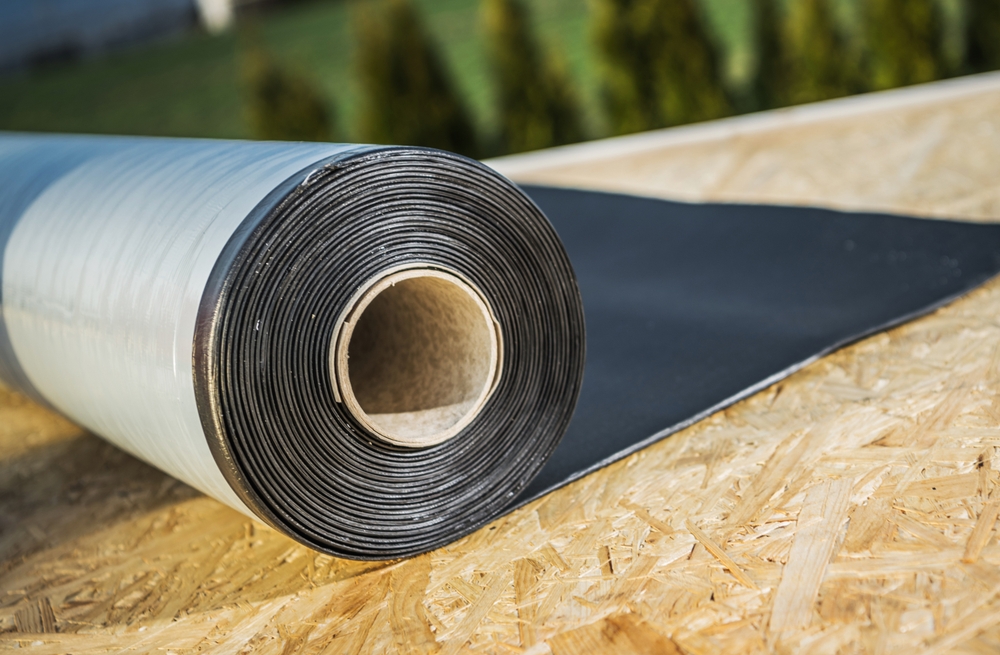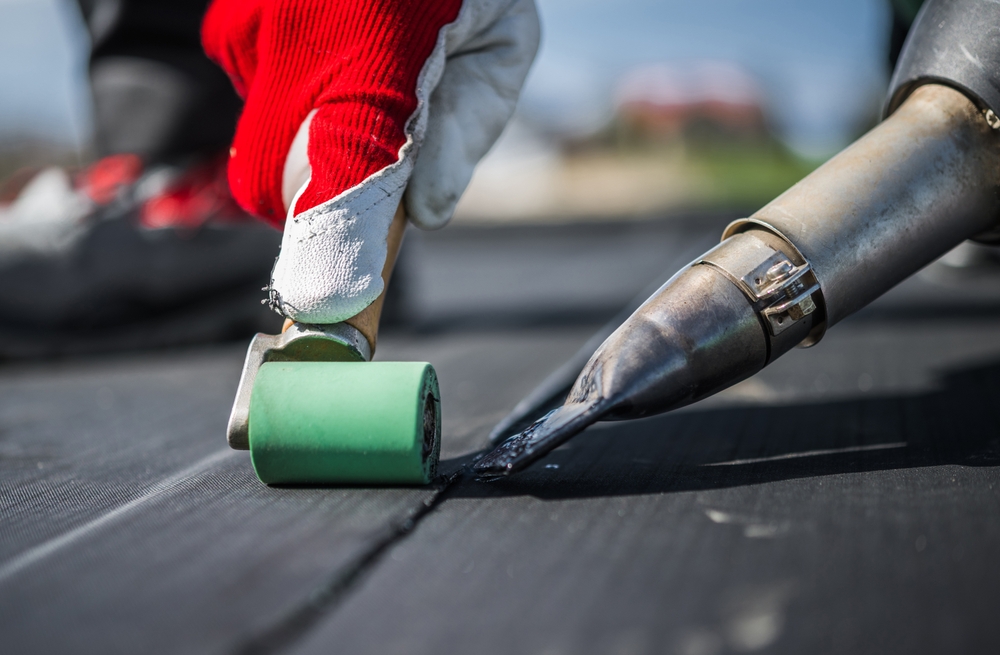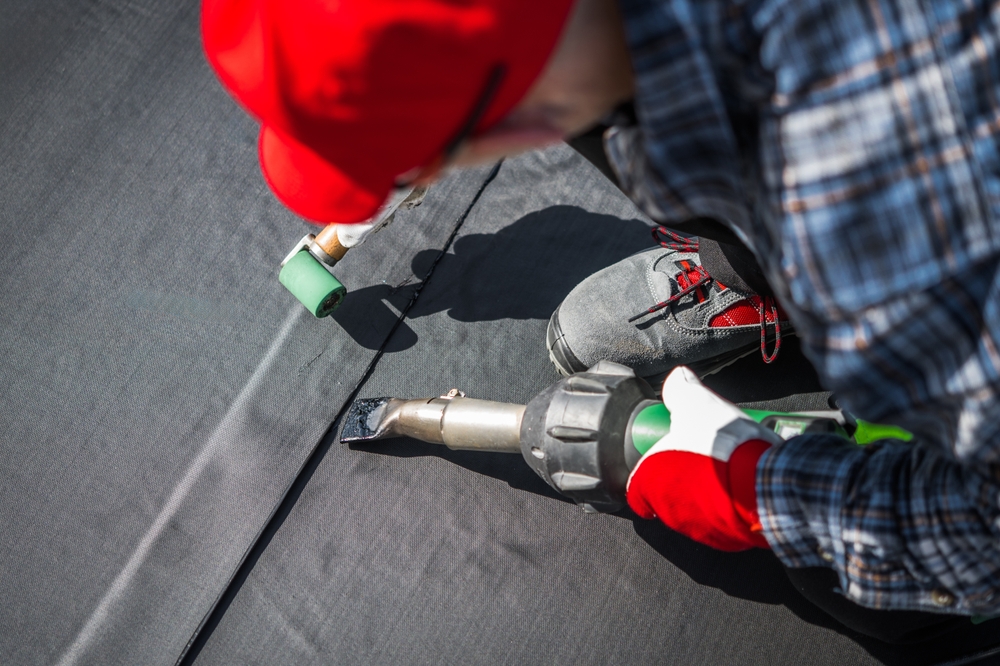EPDM Roof Life Hacks: Maintenance Tips for Longevity
EPDM (Ethylene Propylene Diene Monomer) roofs are widely recognized for their durability, energy efficiency, and low maintenance needs. Popular in both commercial and residential applications, EPDM roofing provides excellent protection against the elements, including UV rays, extreme temperatures, and heavy rain. However, like all roofing materials, EPDM roofs still require proper care and attention to ensure they perform at their best over the years.
By following a few simple EPDM roof maintenance hacks, you can significantly extend the lifespan of your roof and avoid costly repairs. In this blog, we’ll share the best EPDM roof life hacks and maintenance tips to keep your roof in prime condition.
Table of Contents
- Perform Regular Inspections
- Clean the Roof Regularly
- Maintain Proper Drainage
- Repair Minor Damages Immediately
- Apply a Roof Coating for Extra Protection
- Avoid Walking on the Roof Frequently
- Check for Ponding Water After Rain
- Key Takeaways for EPDM Roof Longevity

Perform Regular Inspections
One of the most important maintenance tips for your EPDM roof is conducting regular inspections. Checking your roof at least twice a year, and especially after major storms, will allow you to identify any potential issues early before they become serious problems. Look for cracks, tears, or punctures in the EPDM membrane, and inspect seams, flashing, and drains for signs of wear or damage. Early detection of issues like these can help you avoid costly repairs or premature roof replacement.
Be sure to inspect the roof during both dry and wet conditions, as some issues might only become visible during or after heavy rain. If you’re unsure how to perform a roof inspection or prefer not to climb onto your roof, it’s always a good idea to call in a professional roofing contractor for a thorough inspection.
Clean the Roof Regularly
Keeping your EPDM roof clean is crucial for its longevity. Dirt, debris, and algae can build up over time, causing the membrane to degrade and affecting the roof’s ability to shed water effectively. Regularly cleaning your roof will help remove harmful debris and prevent algae or mold growth, both of which can damage the roofing material.
To clean your EPDM roof, use a soft-bristled broom or a pressure washer set to a low pressure to avoid damaging the surface. Be cautious when using a pressure washer, as excessive force can cause the EPDM membrane to tear. For stubborn stains or algae growth, consider using a mild, non-abrasive cleaning solution or a specialized EPDM cleaner. Avoid harsh chemicals, as they can damage the roof’s surface or compromise its protective properties.
Maintain Proper Drainage
EPDM roofs are designed to shed water, but if your roof has areas where water pools or drains slowly, you may be at risk of leaks or roof damage. Clogged gutters, downspouts, or drains can cause water to collect on the roof, which can lead to premature aging of the membrane and water damage. It’s important to keep drainage areas clear to ensure water flows off the roof efficiently.
Clean your gutters, drains, and downspouts regularly to remove debris such as leaves, twigs, or dirt. Make sure there are no obstructions that could block water flow and that the downspouts direct water away from the foundation of your building. If you notice any areas of your roof where water tends to pool, consider installing additional drainage solutions or adjusting the slope to encourage better water flow.

Repair Minor Damages Immediately
EPDM roofs are relatively low-maintenance, but like all roofs, they can experience damage over time. Minor issues such as small tears, punctures, or damaged seams can compromise the roof’s integrity if not addressed quickly. Fortunately, repairing small problems on an EPDM roof is relatively simple and can often be done without professional assistance.
To repair minor damage, clean the affected area thoroughly and use a high-quality EPDM patching kit or adhesive designed for your specific roofing material. Make sure the area is dry and free of any dirt or debris before applying the patch. For larger damage or more complex repairs, it’s best to contact a roofing professional who has experience working with EPDM systems.
Apply a Roof Coating for Extra Protection
Applying an EPDM roof coating can add an extra layer of protection to your roof, enhancing its durability and energy efficiency. Roof coatings are designed to provide UV protection, improve water resistance, and extend the lifespan of your roof. In addition, they can help reduce the need for future maintenance by creating a smooth, sealed surface that’s less prone to damage.
There are various types of EPDM roof coatings available, so it’s important to choose the right one for your specific roof type and climate. Consult with a roofing professional to determine if a coating is necessary and which product is best suited for your roof’s needs. Keep in mind that applying a coating may require cleaning the roof and repairing any existing damage before the coating is applied for the best results.

Avoid Walking on the Roof Frequently
While EPDM roofs are durable and designed to withstand weather conditions, they are not meant to be walked on regularly. Frequent foot traffic can cause unnecessary wear and tear on the membrane, leading to tears, punctures, or damage to the seams. If you need to access your roof for repairs or maintenance, use a ladder and be mindful of where you step.
To minimize the risk of damage, avoid walking on the roof unless it’s absolutely necessary. When you do need to walk on the roof, try to limit your movement to a designated path to reduce the impact on the roofing material.
Check for Ponding Water After Rain
Ponding water is water that collects on the roof and doesn’t drain properly. It’s a common issue with flat or low-slope roofs, and if left unchecked, it can lead to significant problems like leaks, structural damage, or membrane degradation. After heavy rain, take the time to check your roof for any areas where water is pooling.
If you notice ponding water on your EPDM roof, it’s important to address the underlying drainage issues as soon as possible. This could include clearing clogged gutters, repairing damaged drains, or adjusting the slope of the roof to ensure proper water flow. Taking steps to prevent ponding water can greatly extend the life of your EPDM roof.
Key Takeaways for EPDM Roof Longevity
EPDM roofs are durable and long-lasting, but they still require regular maintenance to ensure they reach their full lifespan. By following these simple EPDM roof life hacks and maintenance tips – such as conducting regular inspections, keeping the roof clean, maintaining proper drainage, and addressing minor damages promptly – you can help extend the life of your roof and prevent costly repairs.
If you have any concerns about your EPDM roof or need professional assistance with repairs or maintenance, don’t hesitate to contact Roofers Repair Near Me. Our experienced roofing professionals are ready to help you keep your roof in top condition for years to come.